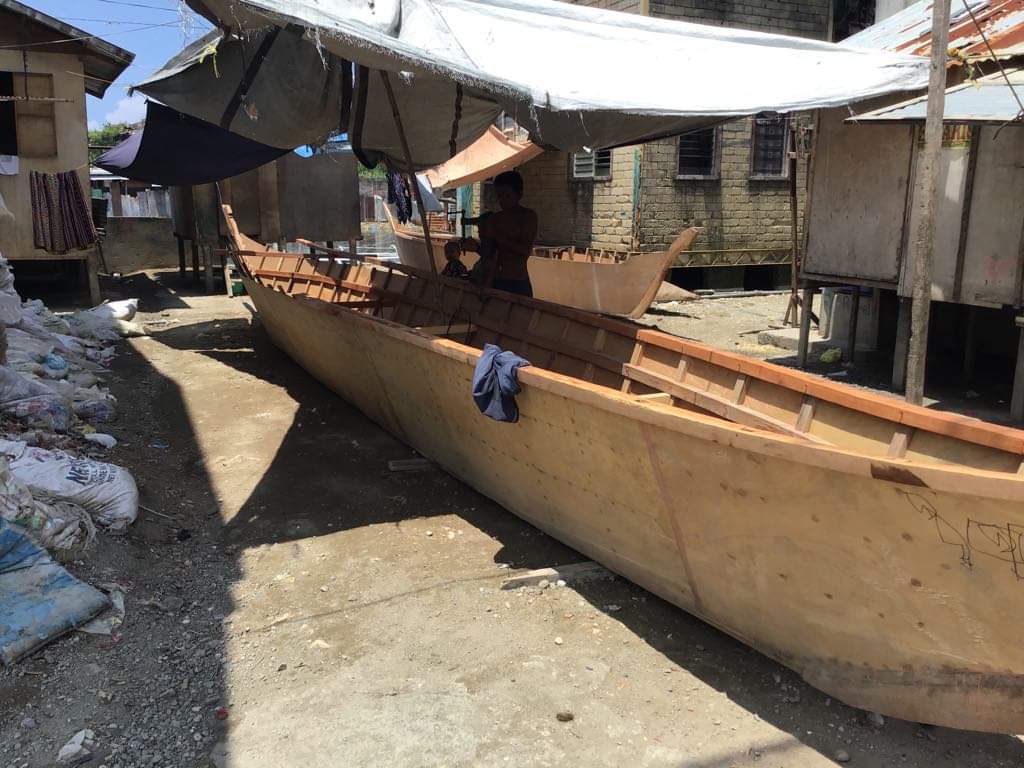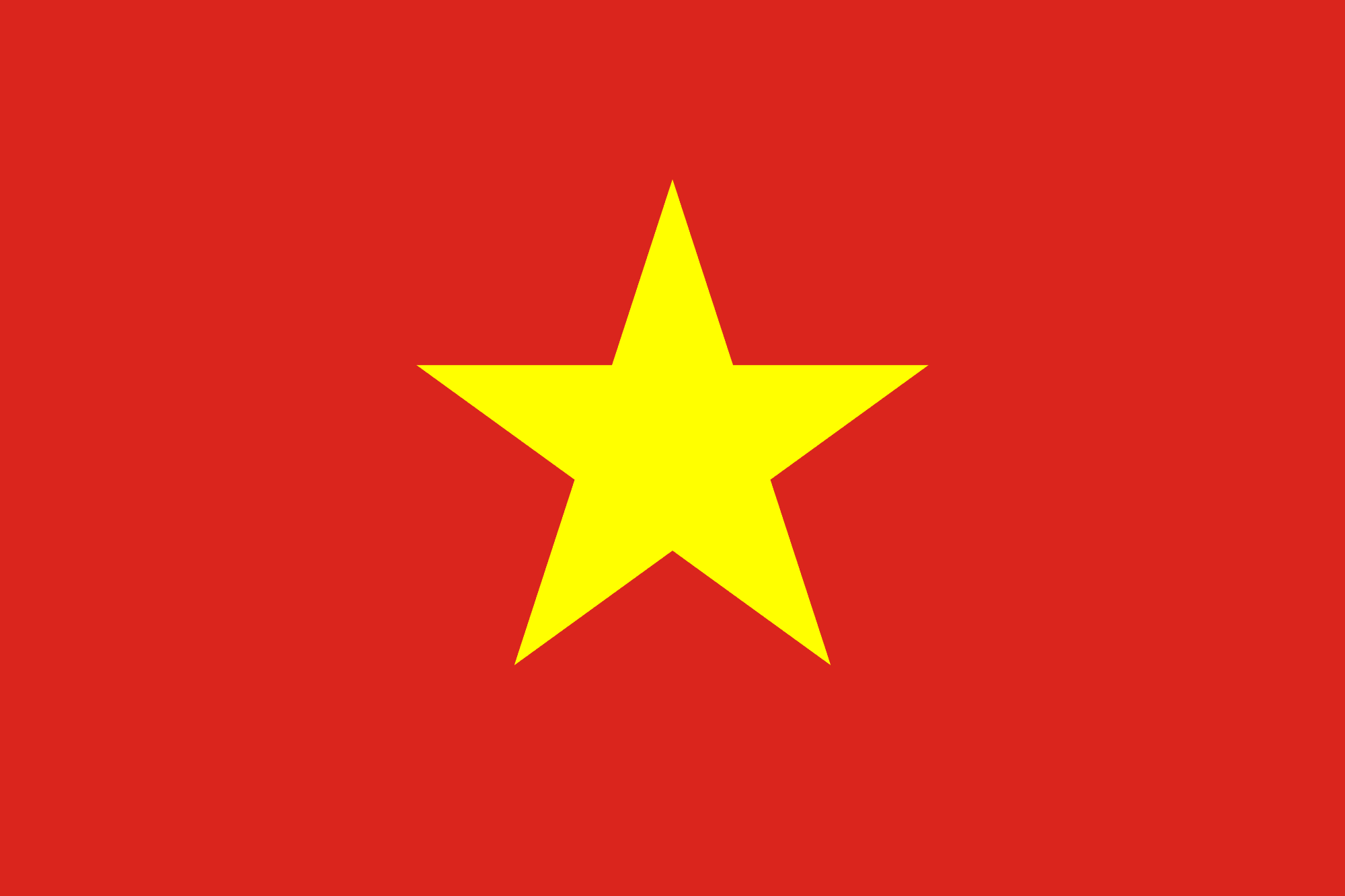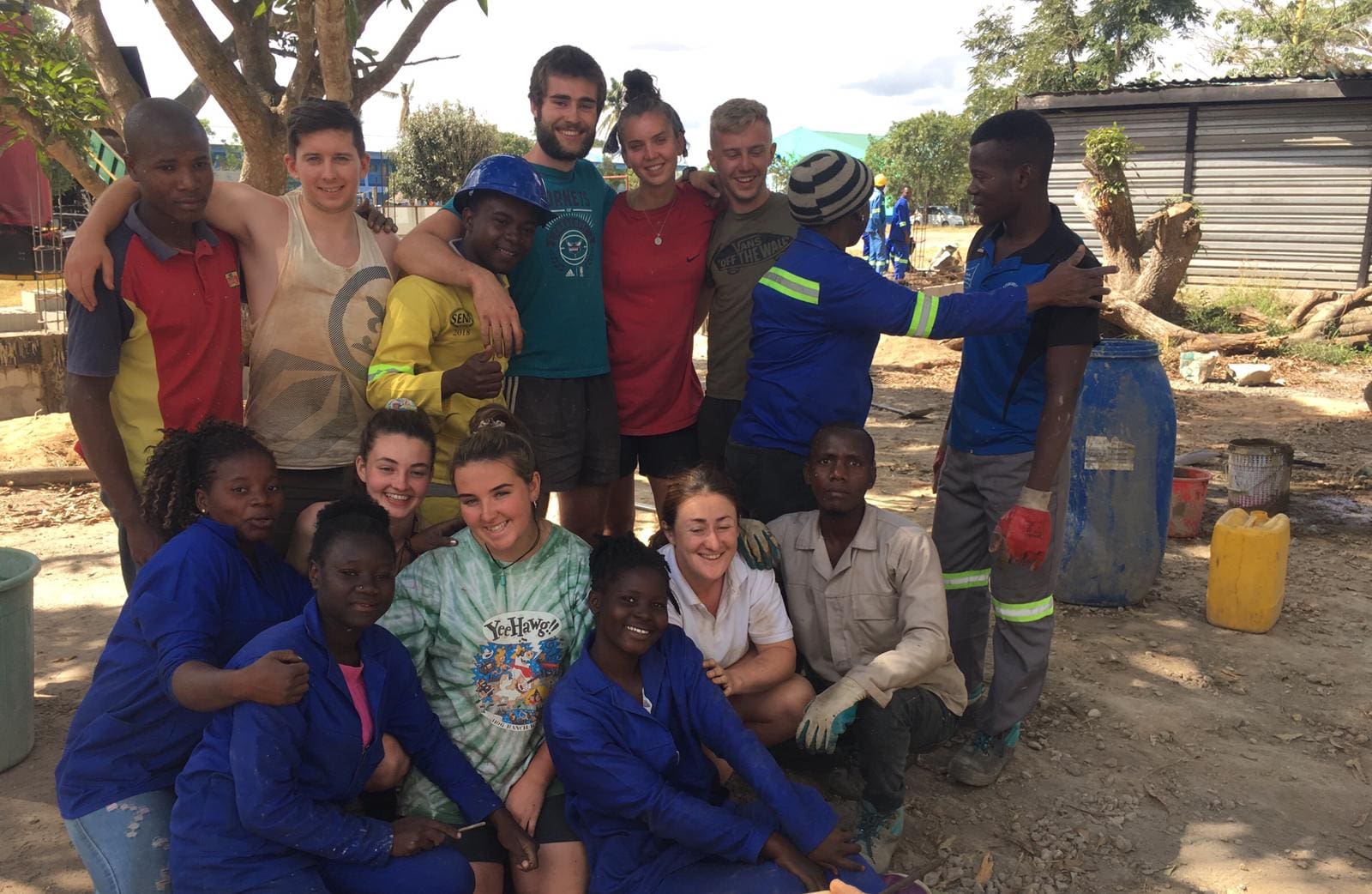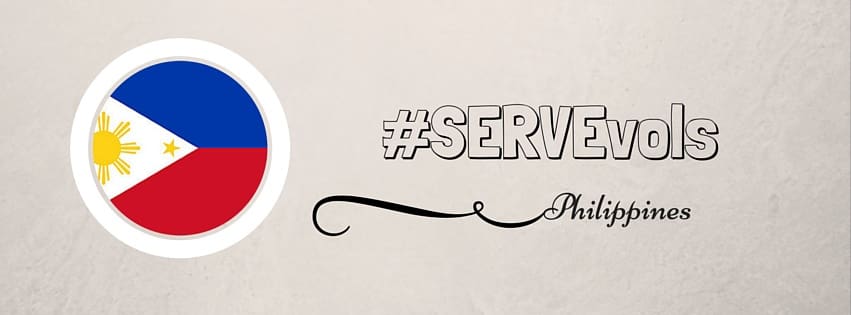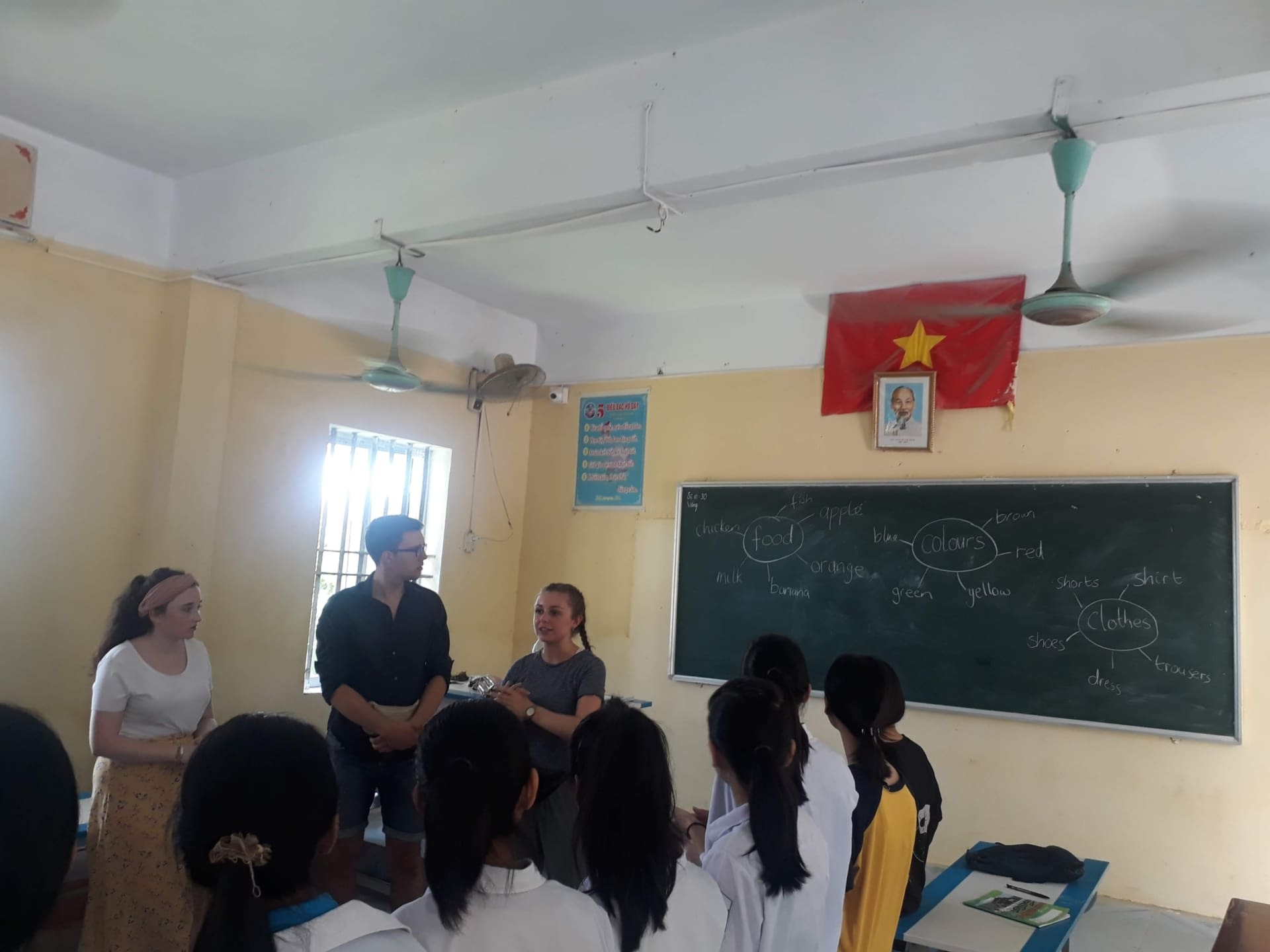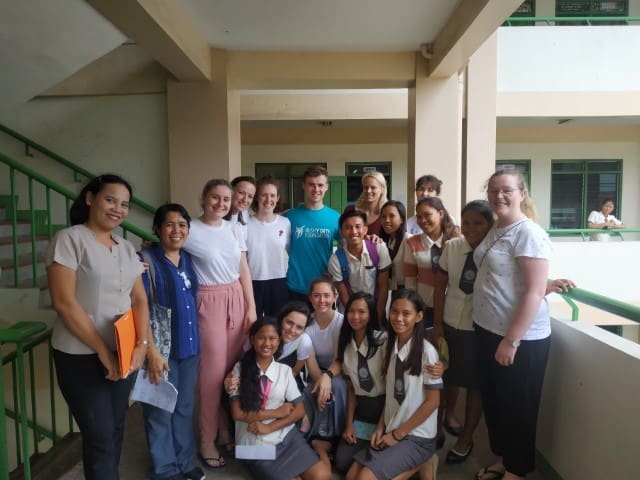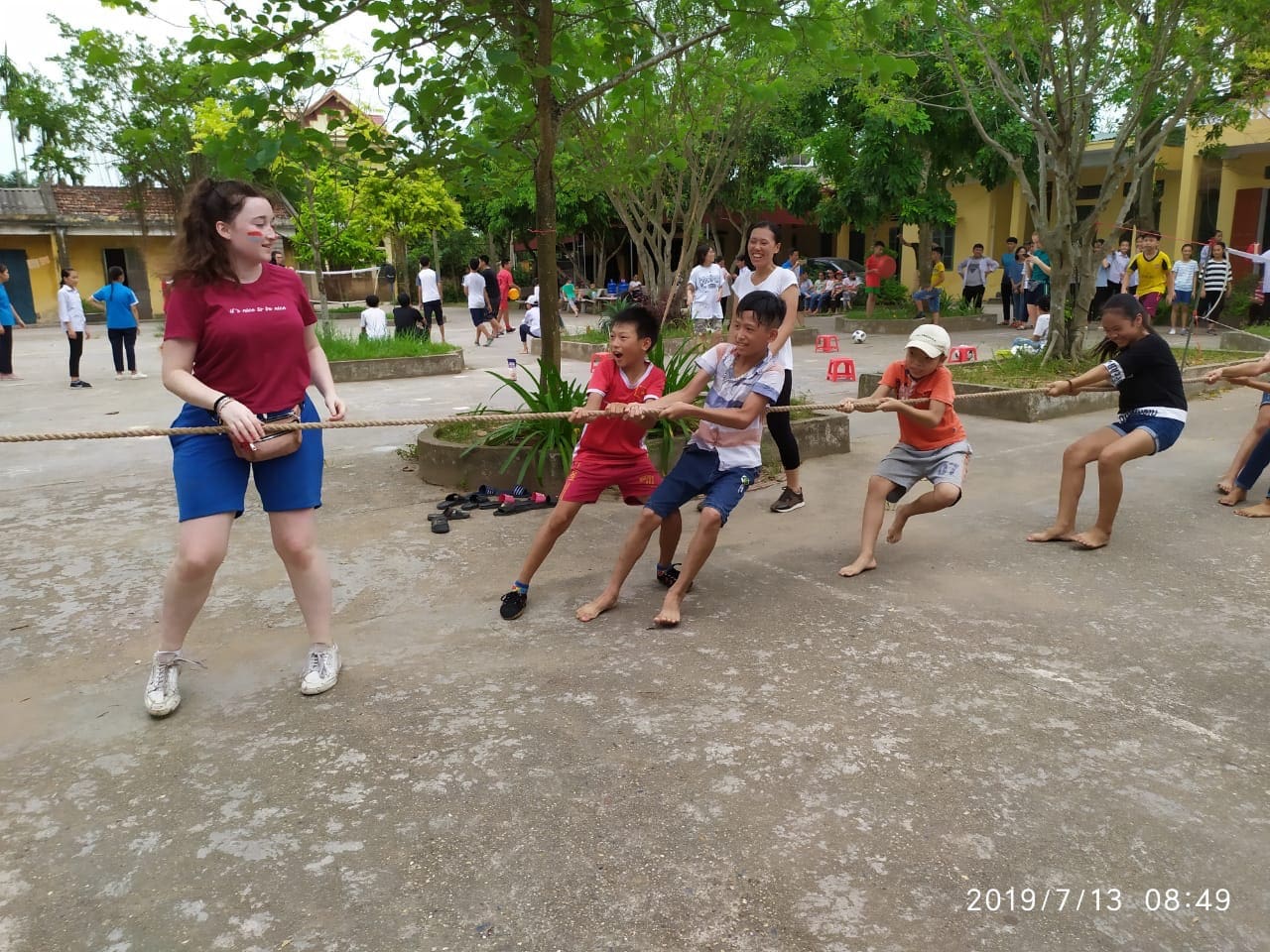Boat Making in the Badjao
Ciara Sheehan
The Badjao are a plethora of amazing things, strong, caring, smart. They also happen to be exceptionally skilled Fishermen and boatmakers. Once a nomadic sea tribe they settled in Cebu in the 1960s and have since remained on land. However they have not forgotten their roots and still rely heavily on the sea as a source of income and food.
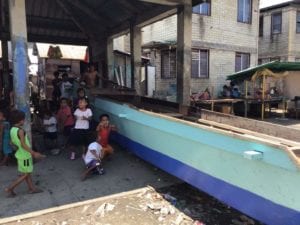 One of the Fishermen and boatmakers, Mohammadjani sat down with me and explained the boat building process. A buyer approaches him and they decide on the size and price of the boat depending on its uses. Then a ritual called Janji is preformed by one of the elders, usually Mohammajani’s mother. The buyer of the boat will bring a downpayment of 3000 peso. The money is blessed and handed over. The boatmaker is also blessed and a piece of thread is placed on his wrist to ensure he will be safe and healthy while building the boat.
One of the Fishermen and boatmakers, Mohammadjani sat down with me and explained the boat building process. A buyer approaches him and they decide on the size and price of the boat depending on its uses. Then a ritual called Janji is preformed by one of the elders, usually Mohammajani’s mother. The buyer of the boat will bring a downpayment of 3000 peso. The money is blessed and handed over. The boatmaker is also blessed and a piece of thread is placed on his wrist to ensure he will be safe and healthy while building the boat.
Next the materials which are usually just plywood, wood and nails are bought from the local market. It begins with the bottom or hull. The shape is carved out of the plywood usually with some sort of wood planer. It’s then cleaned polished and sanded. Following that step is Giyak. This consists of thin wooden strips being placed perpendicular to the hull and spaced out evenly along it. This is the foundation of the sides of the boat and is what will support the plywood on the port and starboard sides. Subsequent to that is Rerhyan or raghan. These a big wooden connectors placed on the inside of the boat which will be nailed to the plywood to ensure it stays in place. There is a lower and upper strip which run parallel to the bottom of the boat.
The last basic part to the process is Palomar. This involves the construction of the head and foot of the boat which can be as plain and embellished as the boatmaker decides. A camonote is also assembled. This is a little engine room which covers the engine keeping it dry and can store equipment and fuel. The barsan or propeller is usually sat about three quarters of the way back in the boat. The whole process usually takes about half a month if you are building everyday.
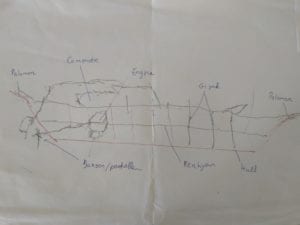 The boat owner, who is someone within the Badjao will paint it themselves. Sometimes there can be a ritual performed that will bless the boat and ensure secure fishing trips. The boat is tied to the house of the owner as the ritual takes place. If you the boat is well maintained it can last about 3 years.
The boat owner, who is someone within the Badjao will paint it themselves. Sometimes there can be a ritual performed that will bless the boat and ensure secure fishing trips. The boat is tied to the house of the owner as the ritual takes place. If you the boat is well maintained it can last about 3 years.
As well as a talented boatmaker Mohammadjani is an accomplished Fishermen. The Badjao are exceptional pana(spear) fishers. They dive with flippers and spear guns. The can go up to 30 feet under water and can go an impressive five minutes holding their breath. They dive for a type of fish called Tanigue and sometimes, depending on the fisherman you will pray that the dive will go well.
Before Fishermen could stay near Cebu and catch many fish. Unfortunately due to water pollution the men can’t dive beneath the plastic to catch the fish and there is no fish left in Cebu as waters are so uninhabitable. As a result Fishermen have to travel further out to sea to reap their rewards. The nearest fishing spot is now located in between Cebu and Bahal, another island. Each journey uses approximately fifteen litres of petrol. They are gone for at least a day and possibly will have to sleep on the boat in order to catch enough fish to reap a profit. Usually they catch on average two to three fish in one trip. The fish are then sold at a a local market called Pasil.
From my time in the Badjao I’ve learned so many things about myself and the people in this wonderful community. Even though fishing and sea life is such a huge part of their culture it does not define them. They are some of the most amazing, strong and intelligent characters I’ve ever met and I feel very privileged that I was welcomed into the beautiful community.

